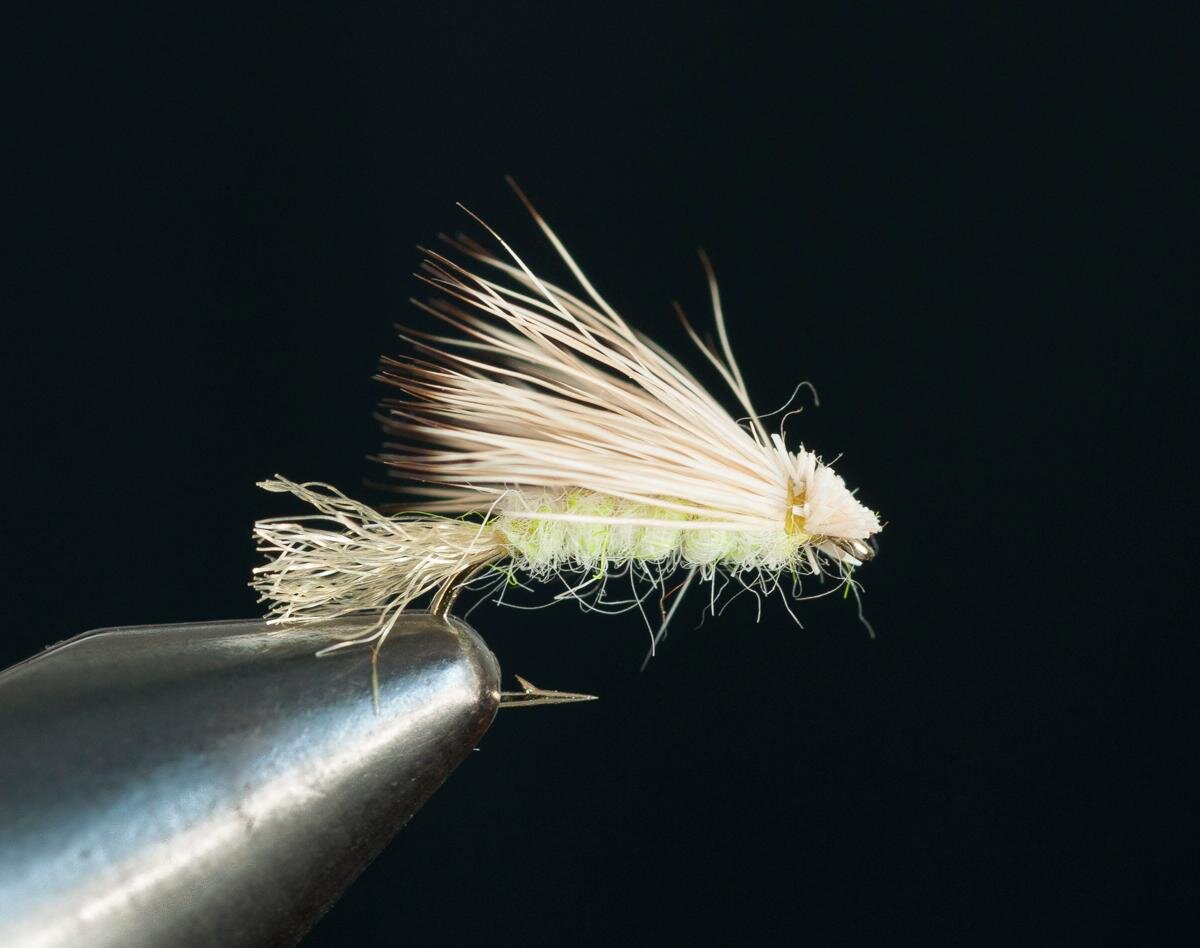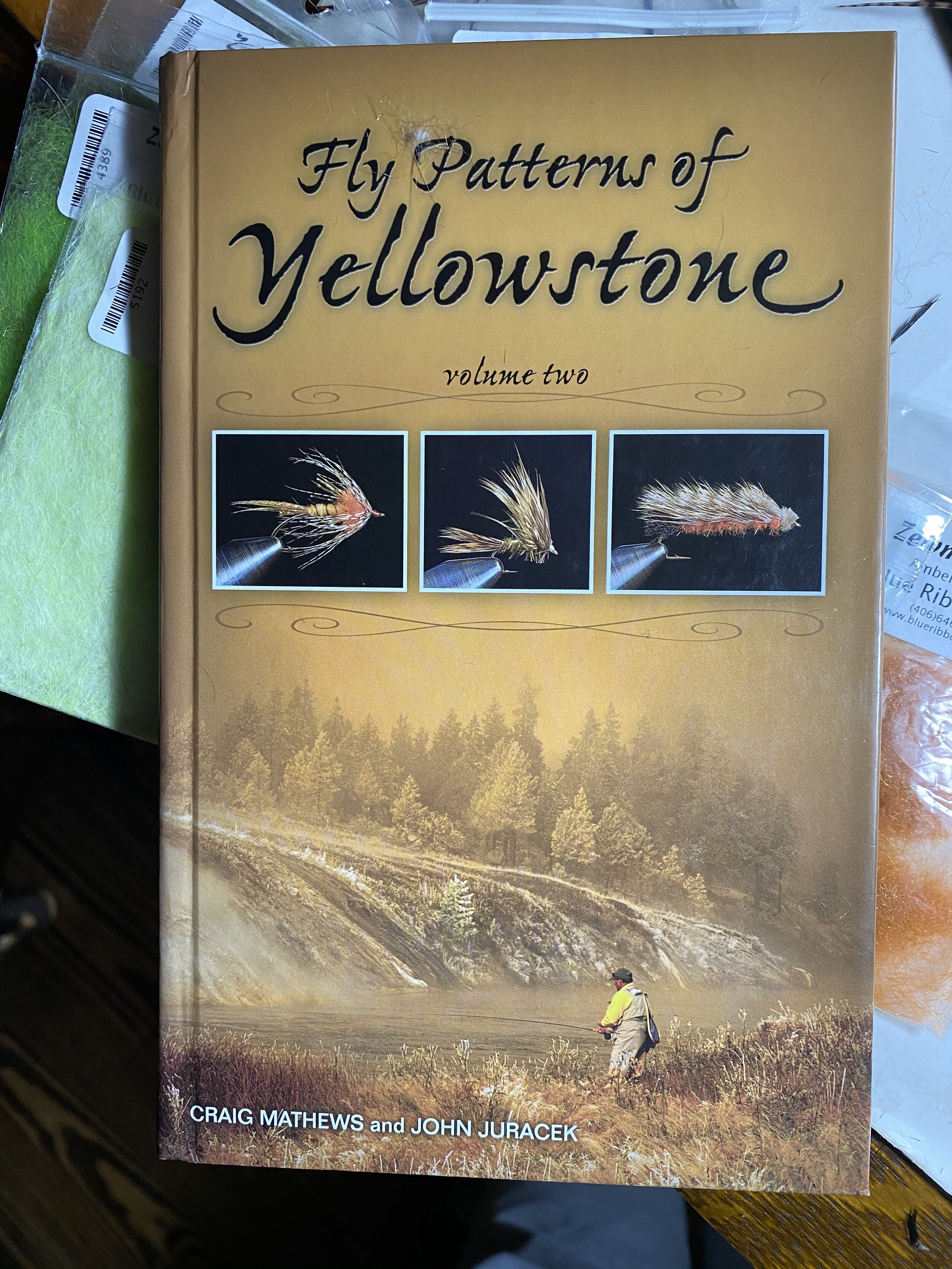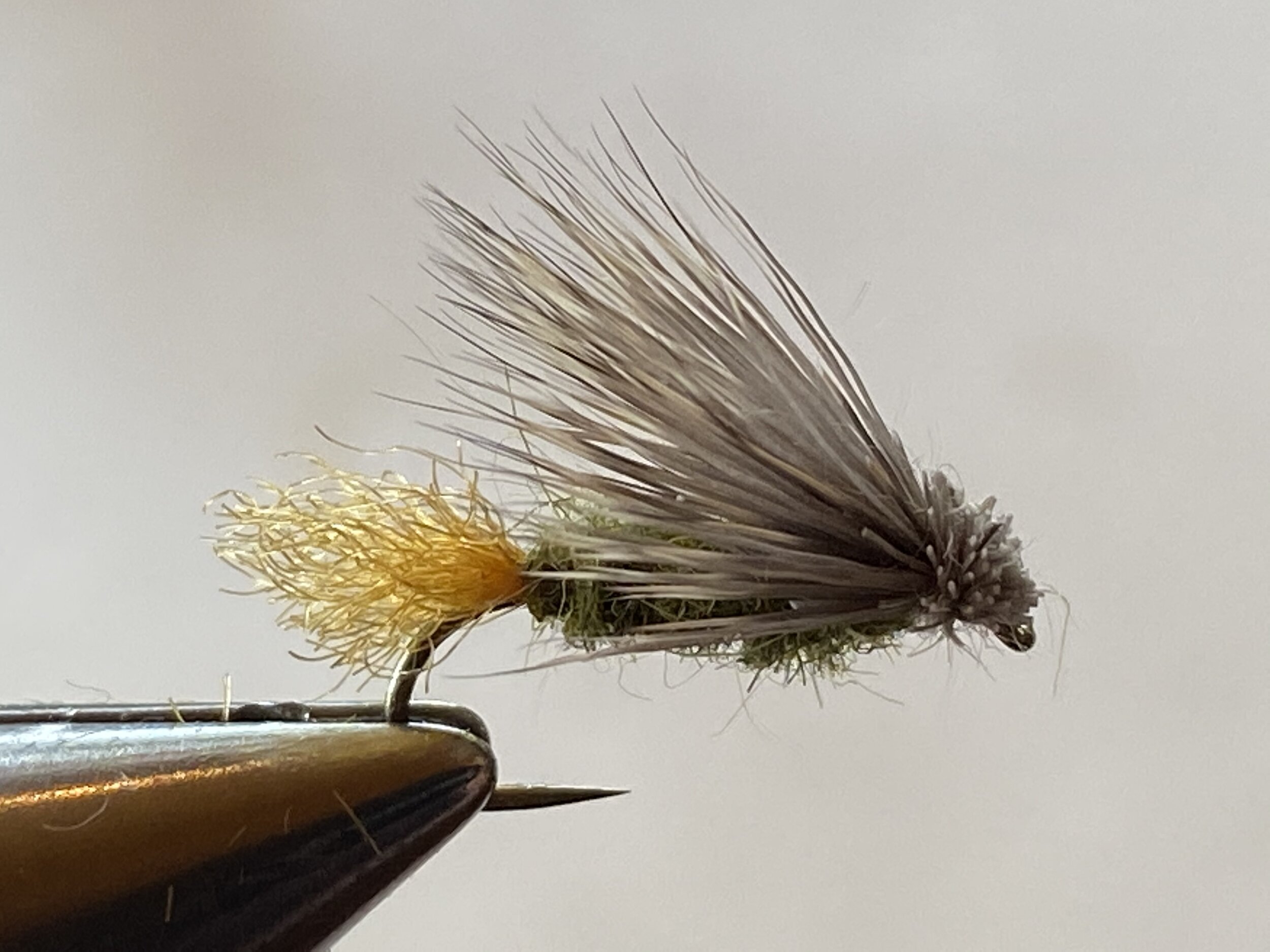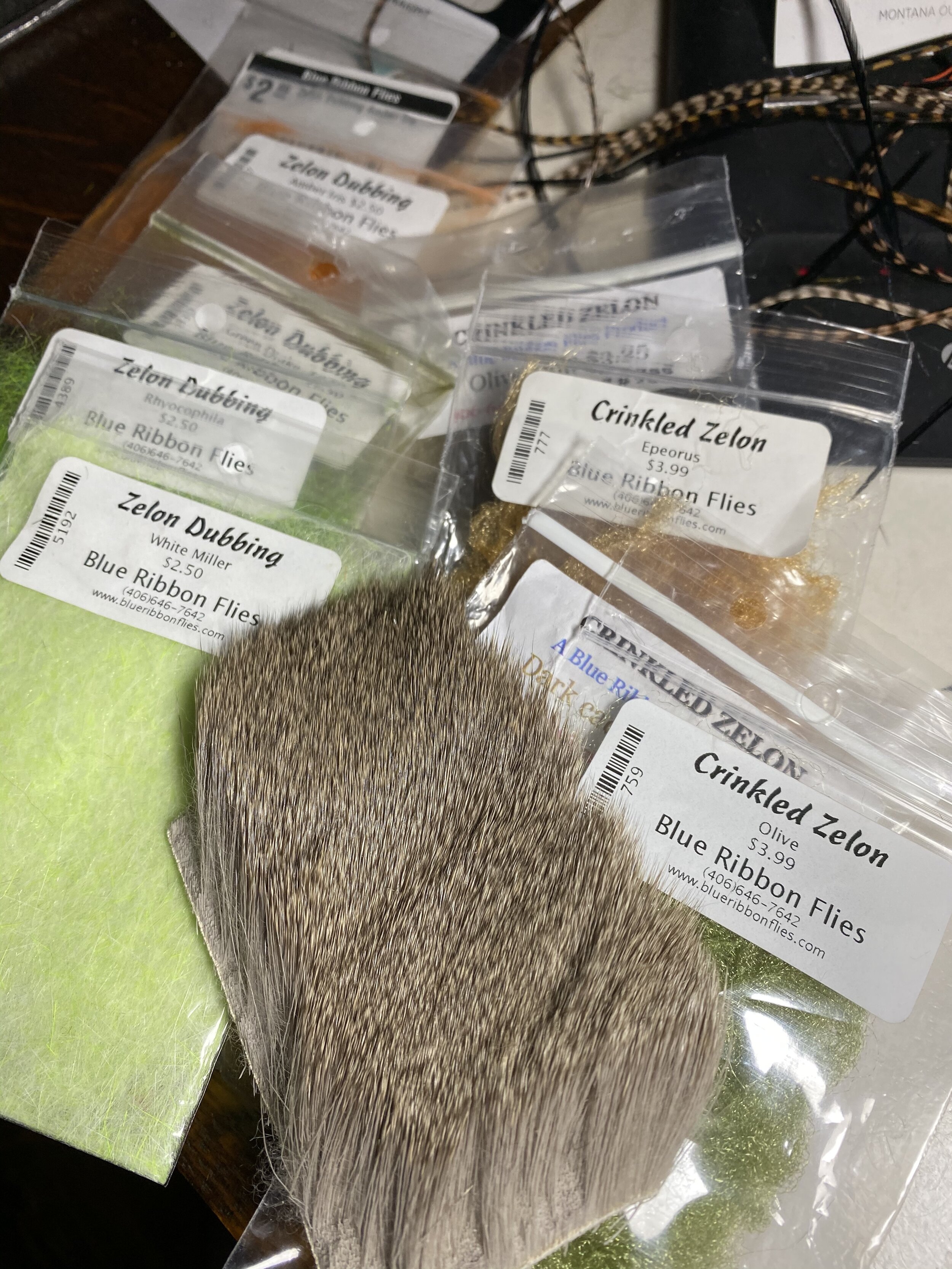Yesterday my good friend and owner of Patagonia Inc, Yvon Chouinard called to check in and find out how we were doing. It turns out both he and I have been hunkered down tying flies, lots of flies, passing time and preparing for the upcoming fishing season.
John Juracek, a great friend, former business partner and coauthor of classic fishing books like our “Fly Patterns of Yellowstone Vol 1 and 2” published by Blue Ribbon Flies, 1986-2008, has been checking in frequently too. He and I have been discussing fly patterns, books we’ve read this winter and thoughts for the coming season’s fishing.
I found that John and I have each tied several dozen X Caddis for our personal fly boxes this winter. This is the most effective dry fly caddis known to man and anyone can tie it. It imitates all caddis species by simply varying the size and body color to match the natural.
A bit of fly design history here. While John and I developed the X Caddis to fool the large resident rainbow trout of the Henry’s Fork, it was my wife Jackie who came up with the idea of incorporating the flies trailing-shimmering, sparkling shuck. Her reasoning was simple and she explained it to us. If super selective trout took our world-famous Sparkle Duns with their trailing shuck for emerging and crippled-impaired mayflies why wouldn’t the same thing work with caddis imitations too? We knew that caddis, like mayflies, can experience difficulties emerging from their pupal shucks. Many end up trapped in their shucks entirely or with the shuck trailing off their bodies and wings fully emerged.
We were planning to fish the Henry Fork’s big rainbows the next day. In the past these monster fish refused high floating Elk Hair Caddis and other patterns we fished when caddis emerged. We tied a few caddisflies using deer hair for wings, a rough dubbed body and a sparkling trailing shuck to fish the big trout selectively taking emerging caddis to try the next morning.
When we arrived at 9a.m. fish were already rising to emerging Cheumatopsyche caddis, a species that rides the surface for a considerable distance after hatching. Big rainbows sipping the naturals, some fully emerged while others trailed their pupal shucks behind, caught on a leg or the rear end of the insect. We fished our new X Caddis patterns and landed several fine rainbows.
Fish may not always key in on cripples or impaired adults but we’ve found that this fly works well, in fact, much better than standard ties like the Elk Hair Caddis and is much easier and cheaper to tie. It is fished dry and dressed with floatant. Upstream dead-drifting is the most productive method, casting to individual rising fish if they are rising. The fly also works well when pulled under the surface in front of rising trout and allowed to pop up to the surface.
Watch this short video to learn to tie our X Caddis.
To tie the X Caddis, begin by attaching the thread to the hook shank then tie on a shuck of caddis shuck dyed zelon, extending about the length of the hook shank or less. Next dub a body of forward to just behind the eye of the hook. Now stack a wing of deer hair and tie in on, extending to the hook bend. The wing should be full and cup the body, extending over the sides of the fly. Whip finish and trim the wing butts, Elk Hair Caddis style.
X CADDIS
Hook: Tiemco 100 or equivalent, #12-22
Thread: 8/0 to match natural body color
Shuck: Caddis dyed zelon
Body: Zelon dubbing blend; olive, tan, amber and black most common
Wing: Natural deer hair
Check out Blue Ribbon Flies to find the books noted above, among others on fly fishing Yellowstone, along with materials for the X Caddis like hooks, thread, zelon, and deer hair.
As always, thanks for taking the time to read this blog and watch the short video. Looking forward to using the fly patterns of Yellowstone soon.











